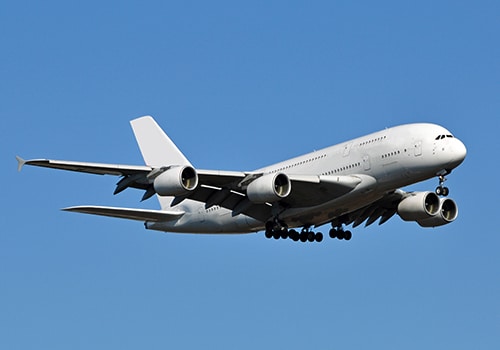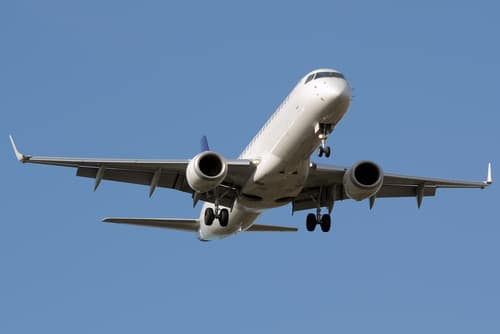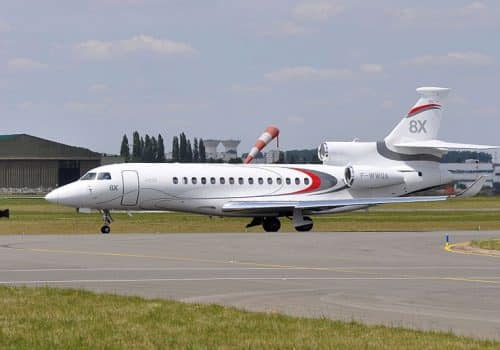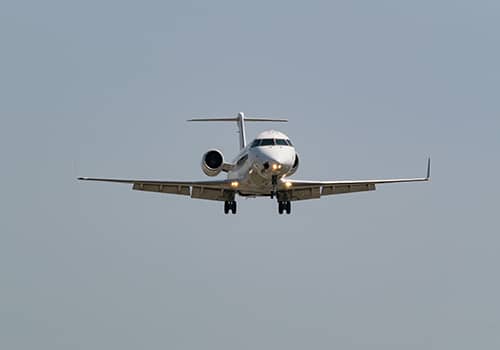Description
Overview:
The Airbus A-380 is a long-haul civil aircraft designed and produced by the European manufacturer Airbus. The idea of designing an aircraft capable of competing with the Boeing 747 came about in the 1990s. This is when Airbus was positioning itself as a serious competitor of the American manufacturer on short-haul and medium-haul aircraft market however not yet on the long-haul market.
Boeing and Airbus worked together to study the viability of a very large aircraft capable of carrying more than 600 seats. However, they eventually decided not to work together, with Boeing withdrawing because it believe potential market for this type of aircraft was too small when compared to production costs. After gauging the interest of several airlines and adhering to the maximum size limits of more than 60 international airports, Airbus officially launched its A380 project on December 19, 200.
The result was a four-engine aircraft with double decks spanning the entire length of the fuselage – the largest commercial aircraft ever built.
Commercial Features:
The A-380 has two stacked bridges, 49.9 meters long and 6.58 meters wide for the main deck, and 5.92 meters wide for the upper deck. The aircraft can carry 853 passengers in a single class configuration, however most long-haul customers use a three-class configuration that includes first, business, and economy classes. For example, Air France offers 9 seats in first class and 343 in economy on the main deck, and 80 seats in business class and 106 in economy on the upper deck for a total of 538 seats.
The dimensions of this cabin make it difficult to modify its arrangement once the final configuration has been chosen.
The comfort of the cabin was the Airbus’ primary focus with this design. Airbus studied on-board noise reduction, window enlargement, and above all the possibility of offering passengers more space than on any other aircraft. Some companies take advantage of the 555m² available for the two bridges to set up lounges, bar areas, and even first-class bathrooms
Technical Features:
The development program of the Airbus A-380 costed 8 billion euros total and is distributed throughout different member countries of the European Union. Each element is produced separately, primarily in France, Germany, the United Kingdom, Spain and Belgium, with finally assembly in Toulouse, France.
To avoid the mistakes encountered by airlines operating the Concord, Airbus has ensured that its aircraft is as profitable as possible. Very large aircraft does not necessarily mean very large consumers, and in fact the fuel consumption per passenger on the A-380 offers quite an advantage with 2.9L per passenger per 100 km. To do this, Airbus uses lighter polymers, as well as a carbon fiber center box and new aluminum alloys that make it possible to achieve a significant weight gain.
The avionics were also upgraded on the A-380 which uses integrated modular avionics initially used on fighter jets, as well as new technologies that improve safety by optimizing the aircraft control and its take-off and landing phases.
The A-380 has a range of more than 15,000 km when fully loaded (i.e. 490 tons) after take-off and a cruising speed of 1,087 km/h. For this it requires a 2,750-meter runway for take-off and 1,524 meters for landing. It was not necessary to lengthen runways at airports since the Boeing 747 needs about the same distances. However, terminal modification was done because of the upper deck, requiring passengers to board higher doors than on other aircraft without slowing down the expected turnaround time.
Since September 2014, the Qantas A-380 has been the longest commercial flight between Sydney and Dallas / Fort-Worth (13,804 km).










